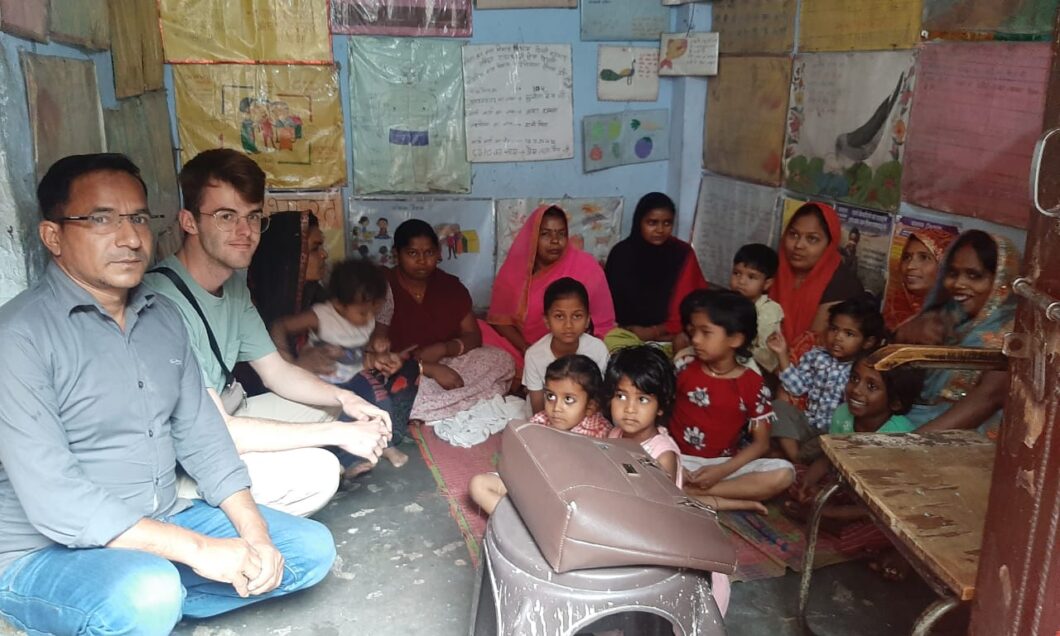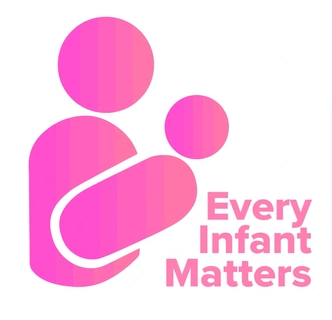
India’s Poorest Children: An insight into Every Infant Matters’ Work

This is guest post by Jonas Braun, a physics student from Munich, did internship with us for two weeks and was deeply fascinated and impressed with our work. He wrote the following blog. You can connect with him on jonas.braun@smartcae.de
While walking through the Amber Palace, a popular tourist location in Jaipur, a small boy, not older than five years approached me to beg for money. The boy was barefoot, his clothes were torn, he had dirt under his fingernails, over his arms and in his face. His greasy hair hinted at the absence of a shower for weeks. As the boy approached me slowly, I already figured that he was going to ask me for money. I started fumbling in my pocket to retrieve a few rupees. As soon as the boy was close, he grabbed my shirt aggressively and tried to tear away my waist pack. I pulled away, gave him the rupees and walked away calmly but also deeply terrified. If children are so poor that they need to resort to stealing and begging to survive, there is a serious problem underlying that needs to be discussed and solved.
In India, many things are quite different from those in Western countries. The streets are overflowing with people, tuk-tuks, bikes, and cars. Frankly, the traffic is all over the place. Conversations between locals may seem friendly at one moment and become loud and heated the next. Many locals approach you and are very curious about foreign cultures; they ask about your home country, job, city, and even your salary. Although, all this is just a small glimpse into the colourful cultural mosaic that is India.
However, there was one aspect that left a dark and bitter aftertaste during my visit to India.
Poverty
I have traveled to several third-world countries in Asia and South America, but never have I seen poverty as drastic as in India. Countless people in the slums live below the poverty line, without any chance of escaping destitution. Homeless with missing limbs, children wearing torn clothes, and mothers with newborn children begging on the streets all paint a picture of the extreme poverty that pervades Indian cities.
Especially in the slums, pollution and waste are major environmental but also health challenges. With families living right between piles of plastic and biological waste, puddles of stagnant water, and swarms of flies, and scarce access to clean drinking water, the health impacts are severe.
Stagnant water puddles can cause a multitude of bacterial infections or can become contaminated with disease-spreading microorganisms. The waste provides an ideal breeding ground for mosquitoes and flies, which can cause several diseases such as dengue or malaria. Children, often running around barefoot, are particularly at risk. Stepping into broken glass or metal scraps can lead to injuries that could quickly become infected and, without proper treatment, lead to serious health hazards. Since such treatment can be very costly, an infection or disease can have devastating effects on the life of families in the slums.
Typically, the residents of the slums work in jobs such as construction or as street vendors. Some earn less than 100 INR per day (~1.5$), and they have to struggle to provide basic needs such as food or sufficient shelter for their family. During COVID-19, all available labor came to a halt, and families struggled to even have enough food to feed their children. Due to the initiative of NGOs such as Every Infant Matters, supplying many families with meals, most were able to get through the tough times of COVID.
The access to proper education for children living in the slums is slim. Private schools, with a cost of approximately 1500 INR per month, are far too expensive and not as common in rural areas. While government schools are available at a much lower fee, the offered education suffers greatly in quality. The lack of adequate education for children perpetuates poverty. Breaking out of the cycle of poverty becomes nearly impossible for residents of the slums without proper education.
Hope
The situation may feel hopeless, even lost. But due to the relentless efforts of NGOs, the symptoms of poverty are constantly being fought, providing an outlook for a brighter future for the residents of the slums.
During my time in India, I got to know the workings of Every Infant Matters, an NGO specializing in helping children. The organization is run by two ambitious doctors, Dr. Shelly Batra and Dr. Radhika Batra, who, parallel to their work as social entrepreneurs, still work as active doctors. While the main focus lies in providing last-mile health solutions to the disadvantaged, they also branch out into the intersection of health and climate.
An estimated 250,000–500,000 children suffer blindness due to Vitamin A deficiency every year. With the harsh living conditions in mind, it does not come as a surprise that about half of those children die within 12 months (according to the WHO). Numerous workers of Every Infant Matters walk door to door daily to supply Vitamin A to malnourished children, protecting over 180,000 children from Vitamin A deficiency-induced blindness. The NGO also supports numerous local Anganwadi centres which provide basic health care to children and their mothers in slums or rural areas.
While providing proper healthcare for children is incredibly important, the harsh reality is that disease is mostly merely a symptom and not the cause of poor living conditions. Factors such as climate change, waste pollution, and bad education encourage the spread of disease.
The NGO has therefore started to work in the intersection of climate and health. Due to climate change-related droughts, many rural villages lack access to clean drinking water. Together with Celanese, Every Infant Matters installed rainwater collection systems with filters to provide access to clean drinking water to more than 80 villages, even in drought months.
Providing clean drinking water is just one of the many important factors of sustainable health solutions. They are tackling one strain of the problem’s root, working towards not only getting healthy but actually staying healthy. There are plenty of other battles to be fought to ensure lasting health, such as improved waste management, education about diseases, or good access to nutritious food.
Instead of a coffee at Starbucks, those 4$ could provide over 160 meals. (At the cost of 1.92 Rs, in the food distribution programme of Every Infant Matters)
It’s all about working together to improve living conditions and enable a future for the children born into disadvantageous environments.
